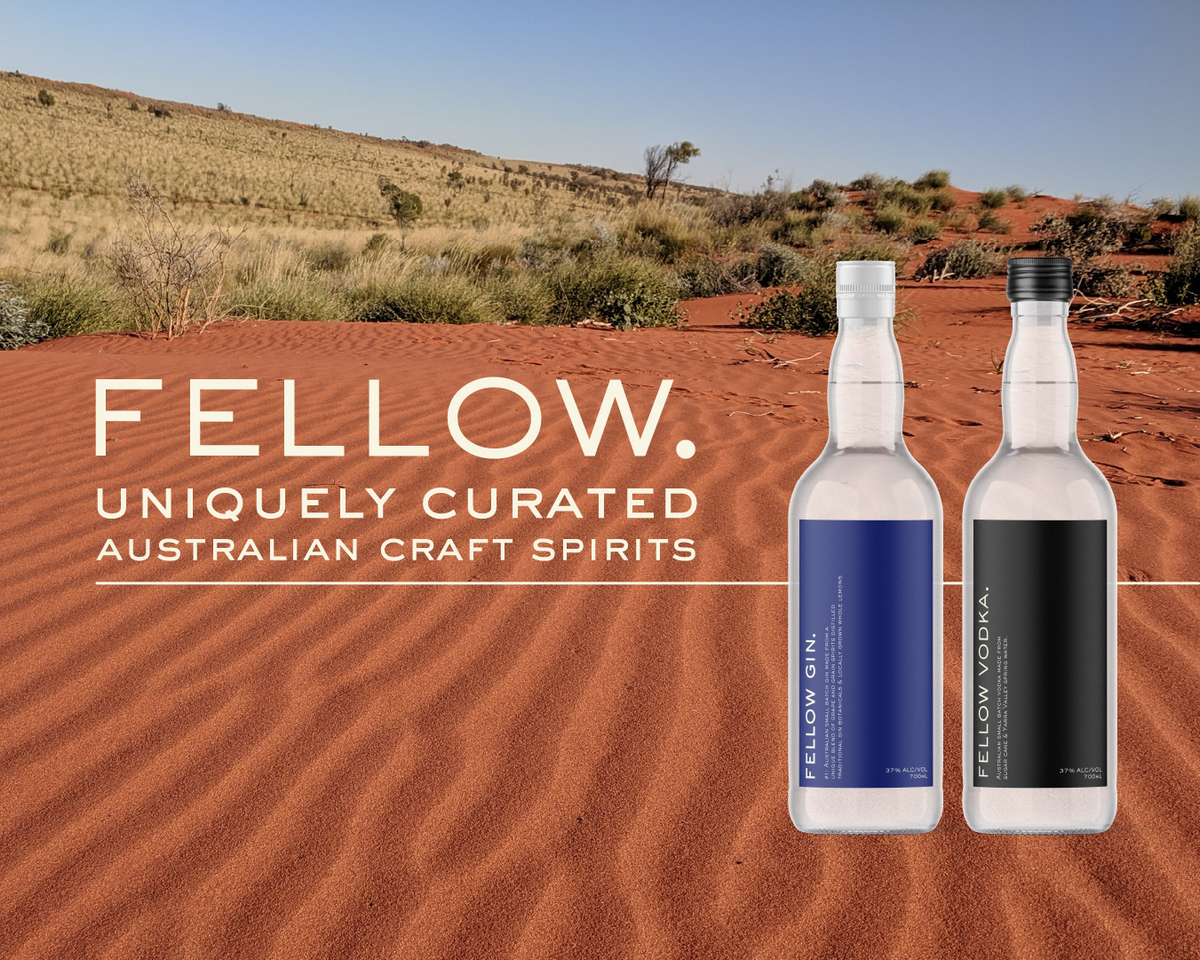Demerara Distillers’ three “heritage stills” are a perennial favorite topic for Demerara rum fans. Each still (Port Mourant, Versailles, and Enmore) is famous for stuff made primarily from Guyanese greenheart wood, rather than metal, as most rum stills are.
The Port Mourant and Versailles still are batch stills, utilizing wooden vats synthetic from greenheart staves. The Enmore still is a continuous still utilizing two columns (“Coffey style”). It is the youngest of the three stills, dating when to the 1880s.
While much has been written well-nigh these stills already, I recently posed an ultra-wonky series of questions well-nigh them to DDL’s Master Distiller Lennox Shaun Caleb. Some where crowd-sourced, others of my own devising. Shaun’s answers have been very lightly edited for readability.

How many variegated marques do the three heritage stills produce, and what are they?
The wooden heritage stills each produce a patent marque named without the manor (now defunct) where the production still was originally installed:
- Port Mourant (marque PM) from the Double Wooden Pot Still first installed at Port Mourant;
- Versailles (original marque VSG, but the caramel-coloured variant is REV) from the Single Wooden Pot Still that was first installed at Versailles, which was unionized with the previously unionized Schoonord-Goed Fortuin (SXG) to form Versailles-Schoonord-Goed Fortuin (VSG)
- Enmore (marque EHP) from the Wooden Coffey Still first installed at Enmore.
(Editor’s note: EHP is an acronym for Edward Henry Porter, an early proprietor of Enmore Estate)
When old staves are replaced on the heritage stills, is there a significant difference in the distillate for the first few runs?
There is a slight initial difference in the sensory of the product from the fresh wood (more grassy, less leathery), but the sensory converges into visa without a few runs to unravel in the wood. It is important to use well kiln-dried wood so as to reduce this initial effect, as well as to ensure a tight fit to prevent leaks, and to prolong the life of the staves through shrinkage and warpage.
At what point of replacing the staves could you consider the Enmore, PM and Versailles to be fundamentally the same stills they used to be? (Or at least be worldly-wise to produce the ‘same’ Rum as they used to.)
The rums produced have the same foible profile, and where the intensity of some notes may slightly vary initially, these converge into visa with the established reference standard without a few batches. Eventually, these first batches will get composite into subsequent batches (a small portion at a time) once the established quality is achieved.
Why are the top of the Port Mourant vats kept covered in water during distillation? Does it prevent leakage? Does it tomfool the vapor somewhat, thus increasing reflux? Is the water cooled during distillation or left alone?
The wooden vats are kept moist so as to prevent shrinkage and warpage if the stills are unliable to run dry in between production runs. Repeated wet-dry-wet-dry conditions would stupefy the tightness of the wood structure (causing creases to develop between staves and result in leaks) and reduce the life of the wood.
The water moreover helps to “seal” the pot by resisting the escape of vapor from the pot. This water is not cooled but is practically left alone.
What is the process for sourcing greenheart wood for the stills?
Guyana is replete with forest resources (well over 75% virgin forest cover), which is regulated for the sourcing of greenheart and other hardwood species. Of course, replacing staves is not a frequent occurrence (done only once in the past 10 years), so this does not put a lot of ecological pressure on forest resources. By working with established lumber manufacturers, we provide sufficient lead time to ensure the wood is cut to desired specifications and is well kiln-dried so as to modernize the workability of the wood to effect the repairs.
How old must the Greenheart trees be surpassing they can be used for the stills?
There is no uncontrived age stipulation. In general, greenheart is harvested when it is 50-130 feet tall and 1-2 feet in diameter. The wood texture (fine and uniform) and grain structure (straight) are important factors.
What happens to the old staves without they’re replaced?
They are cut and landfilled.
How long does the Enmore run until it needs to be taken untied and cleaned? How long/difficult is that process? Is it primarily the plates that need cleaning, or must the wooden interior moreover be scrubbed clean?
This has not been washed-up in the 30 years since the still has been moved from Enmore. The Still is not taken apart, but where repairs are required in a particular section, the structure is loosened at that section, then the top section is lifted to indulge wangle for the repairs. This is a very intensive process, as it requires a upper stratum of superintendency and sustentation to stave forfeiture to the structure of the still, and to ensure that it fits when up tightly. As such, the lifting and repairs are washed-up thoughtfully and slowly, over a period of weeks.
In terms of cleaning, this is washed-up without short run by passing through water to well-to-do out the system.
What are the plate configurations of the Enmore’s stripping and rectification columns? Perforated? Bubble cap? Something else?
Copper sieve plates are sandwiched between the wooden slabs that form the outer frame at each level/tray of the wooden structure.
The rectifier moreover has copper coils that wind through each level/tray.
(Editor’s note: Incoming wash to be distilled passes through these coils, preheating the wash while moreover increasing reflux.)
The copper components of the heritage stills. Are they made locally or imported from elsewhere, e.g., Scotland?
The original copper components have survived from the time of installation of the stills.
The Port Mourant retort. How is set up for distillation? For instance, filled with low wines?
The low wines placid from a previous distillation is kept in the retort for the subsequent distillation batch. If necessary, the retort is topped up with fresh low wines or spirits from storage based on need and availability.
The same retort question for the Versailles.
Ditto.
How good is greenheart wood at separating sulfur from distillate when compared to copper?
Greenheart does not serve this purpose.
Since the Port Mourant isn’t a true double retort still, what is the effect on having the vapor from the first (larger vat) spritz into the wash in the second vat? How is it variegated than what a double retort might make?
Having the vapors from the first pot momentum the heating and vapors rising from the second pot has the effect of enriching the final vapors coming from the second pot.
Because the heating process is less warlike and slower/longer, it allows for higher temperature and vapor pressure to build in the second pot surpassing vapors are distilled over into the retort. This in turn allows for increasingly of the heavier alcohols to evaporate over into the final product.
A well-known distiller has said that the wooden vats of the PM and Versailles still don’t materially impact flavor, and what matters most is the vapor path through the metal parts. Do you agree? Or if not, how would replacing the wooden vats with equivalent metal vessels transpiration the savor profile?
A wooden still does not offer the conductive surface like a metal still. This is important for retaining heat and permitting the vapor pressure and temperature to rise higher in the wooden pot. This leads to increasingly of the heavier alcohols proportionately to evaporate over to the product, in wing to the esters and “hearts”.
What is the typical elapsing of a single distillation run on the Port Mourant still, in hours? What well-nigh the Versailles?
Port Mourant (PM) well-nigh 16 hours and VSG (Versailles) well-nigh 12 hours.
What is the typical quantity of a single distillation run on the Port Mourant still? What well-nigh the Versailles?
About 200-250 imperial gallons for the Port Mourant, 150-200 imperial gallons for Versailles (VSG).
Is there a particular set of organic compounds that Port Mourant distillation emphasizes, and contributes to the distillate’s unique savor profile? If so, can you share some of their names?
Fusel oils (isobutanol, isoamyl alcohol).
What is the configuration of the Port Mourant rectifier? Are there plates? Is it a packed column? If plates, how many?
The Rectifier has an outer shell and internal tubes, all made of copper.
Vapor passes through the copper tubes and are cooled by water passing on the outside of the tubes, enclosed within the shell of the rectifier.
Same question well-nigh the rectifier, but for the Versailles still.
Ditto.
For increasingly information on Demerara Distillers Ltd.’s preliminaries and history, see here. For a categorized list of my other rum-related writings, see here.
Editorial note: These questions arose during planning an online tasting session for El Dorado Single Still rums, for which I will be compensated for moderating.




